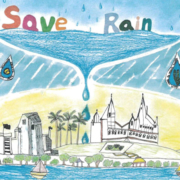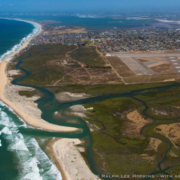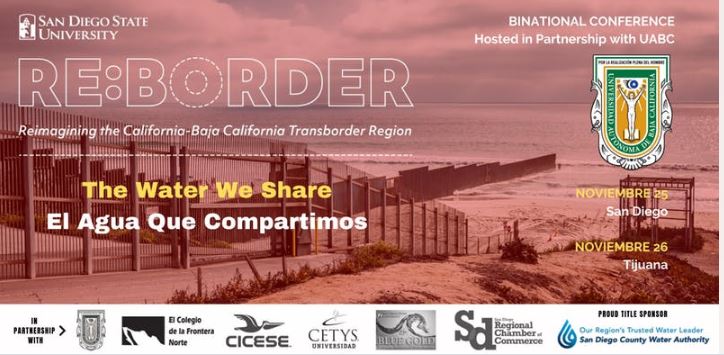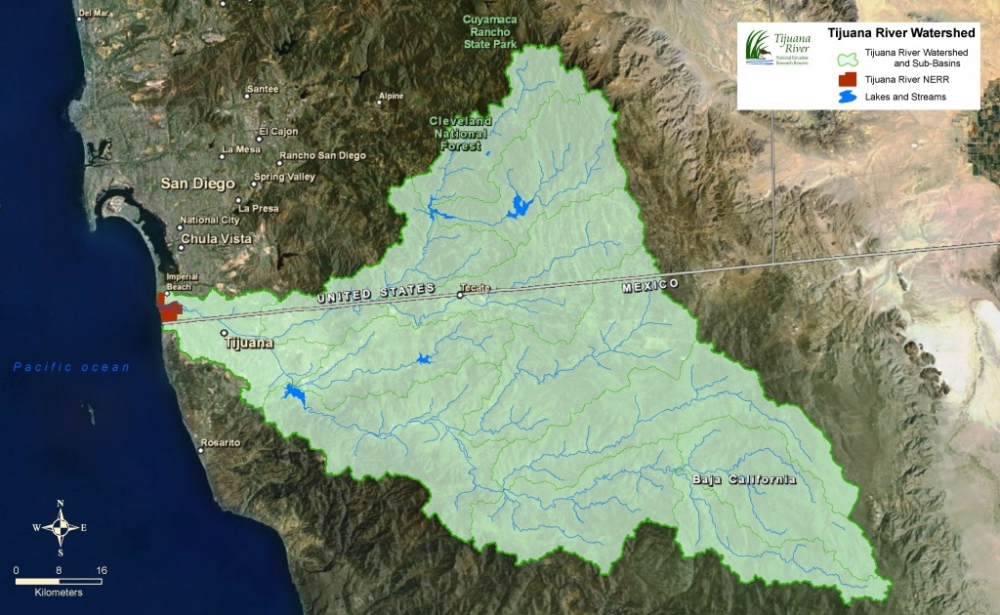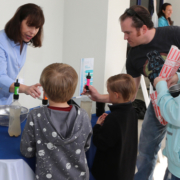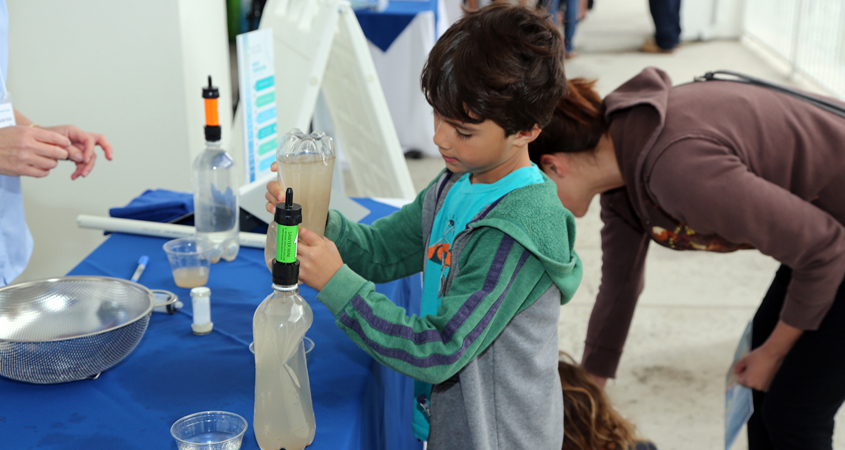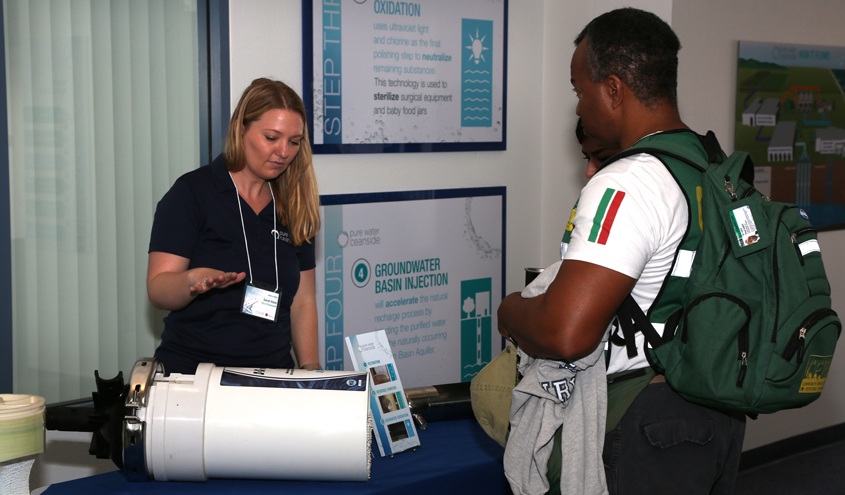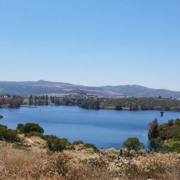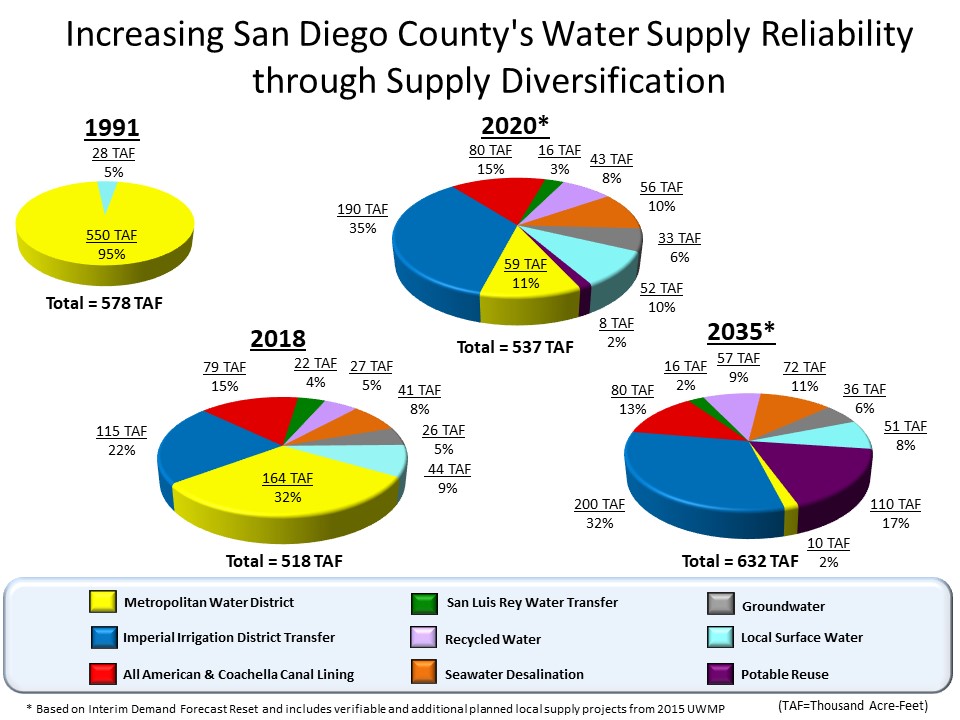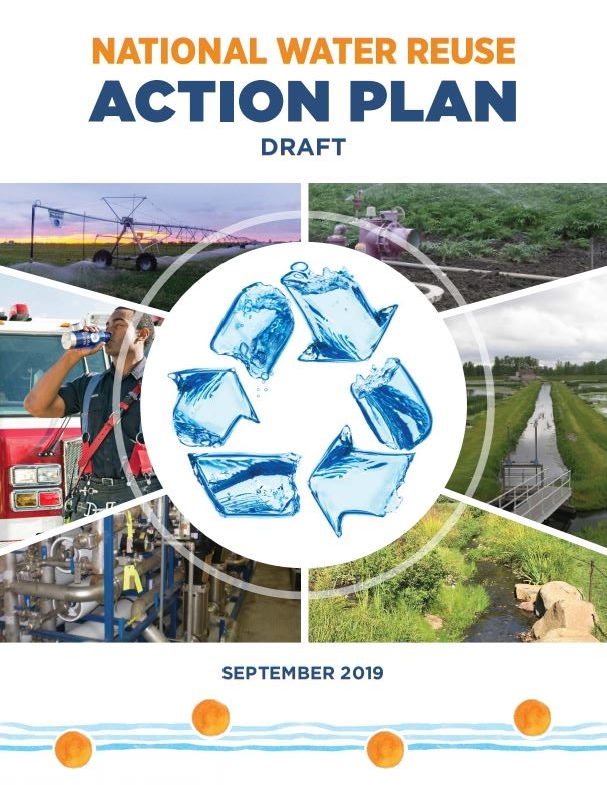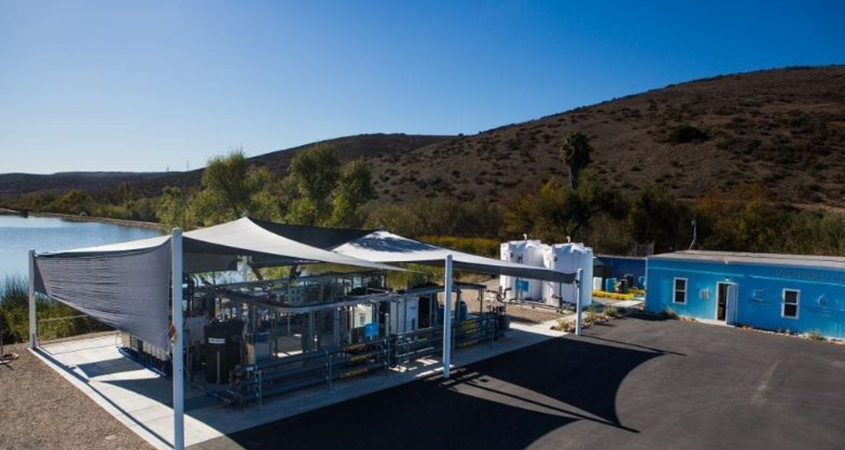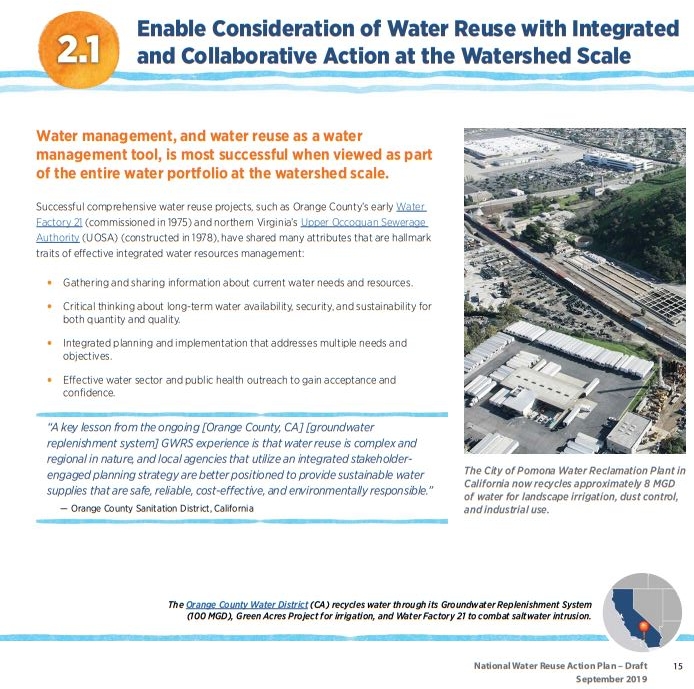Award-Winning Student Artwork Inspires 2020 Water Conservation Calendar
The City of San Diego’s colorful 2020 Water Conservation Calendar features winning artwork from 19 students throughout San Diego.
This is the 20th year the calendar has been produced by the City’s Public Utilities Department. The theme was water conservation.
“The children’s artwork in these calendars is fantastic, and helps present the importance of reducing water use,” said Shauna Lorance, director of the Public Utilities Department. “I encourage San Diegans to pick up a calendar and learn about water conservation all year.”
More than 100 San Diego children entered the 2020 Water Conservation Calendar Kids’ Poster Contest.
Second-grade student Isabella Chen of Solana Ranch Elementary School in Carmel Valley is a two-time winner. She placed second in 2019 as a first-grader, and is the first place winner for her grade this year.
There were five winners from Solana Ranch Elementary, the most for any single school.
The complete list of winning student artists:
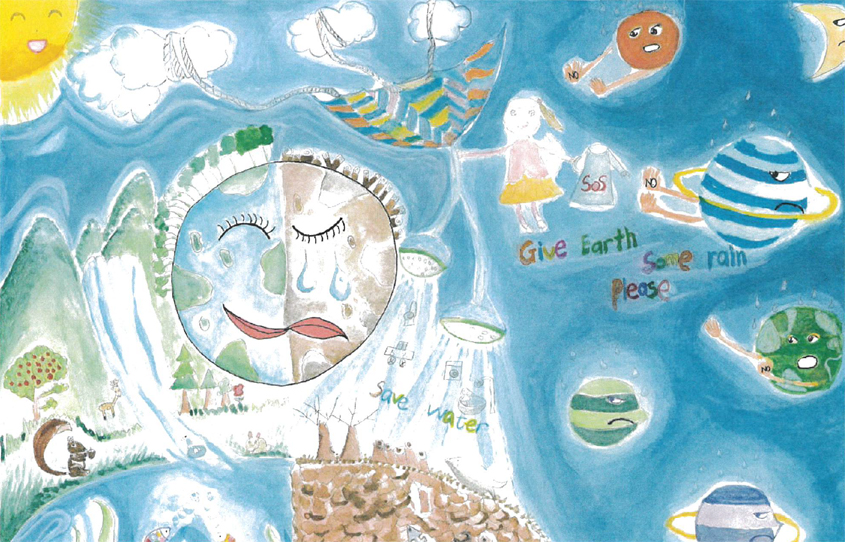
First Place winner, First Grade: Sophia Shuwen Hu, Monterey Ridge Elementary, 4S Ranch
First Grade
- First Place: Sophia Shuwen Hu, Monterey Ridge Elementary, 4S Ranch
- Second Place: Victoria Wang, Canyon View Elementary, Rancho Bernardo
- Third Place: Isabella Yang, Solana Ranch Elementary, Carmel Valley
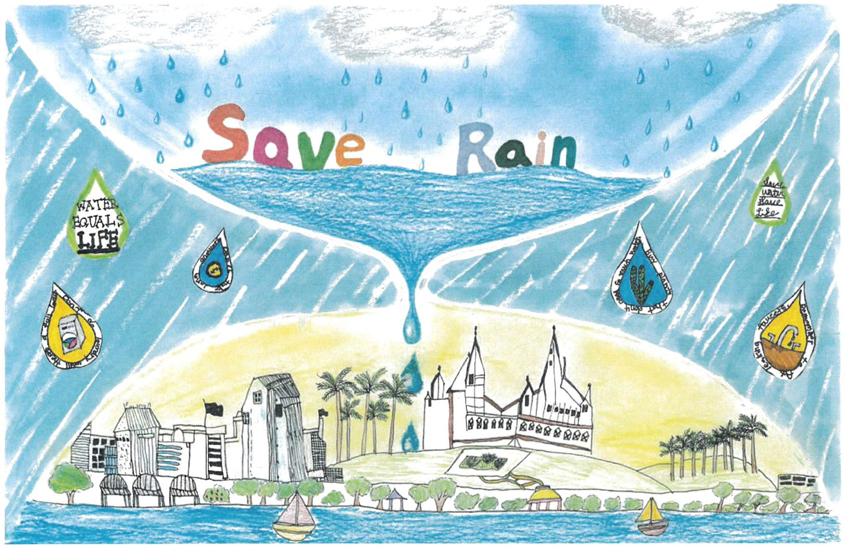
First Place winner, Second Grade: Isabella Chen, Solana Ranch Elementary, Carmel Valley
Second Grade
- First Place: Isabella Chen, Solana Ranch Elementary, Carmel Valley
- Second Place: Amber Liu, Solana Ranch Elementary, Carmel Valley
- Third Place: Kenzie Shaaban, Jerabek Elementary, Scripps Ranch
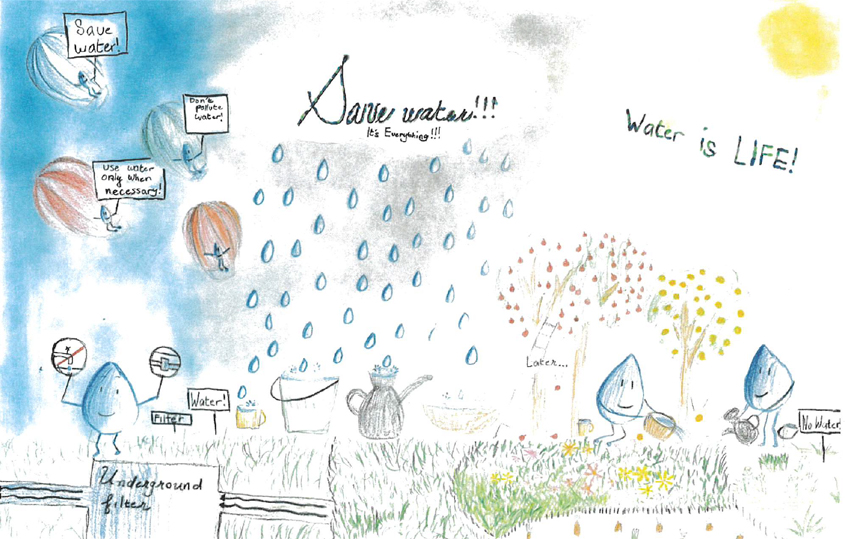
First Place winner, Third Grade: Derick Chi, Sage Canyon Elementary, Carmel Valley
Third Grade
- First Place: Derick Chi, Sage Canyon Elementary, Carmel Valley
- Second Place: Claire Wang, Stone Ranch Elementary, 4S Ranch
- Third Place: Rosabel Wang, Ocean Air Elementary, Carmel Valley
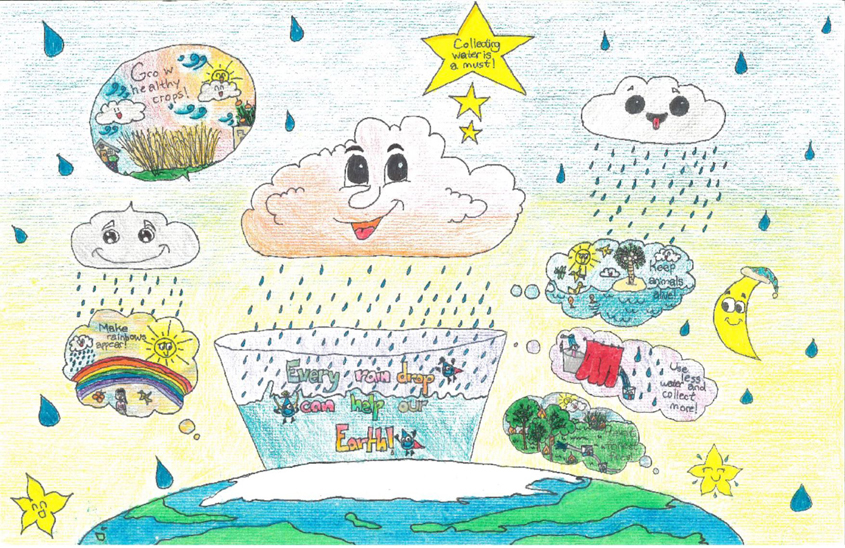
First Place winner, Fourth Grade: Veronica Yu, Del Mar Pines Elementary, Carmel Valley
Fourth Grade
- First Place: Veronica Yu, Del Mar Pines Elementary, Carmel Valley
- Second Place: Katherine Chen, Monterey Ridge Elementary, 4S Ranch
- Third Place: Alice Li, Monterey Ridge Elementary, 4S Ranch
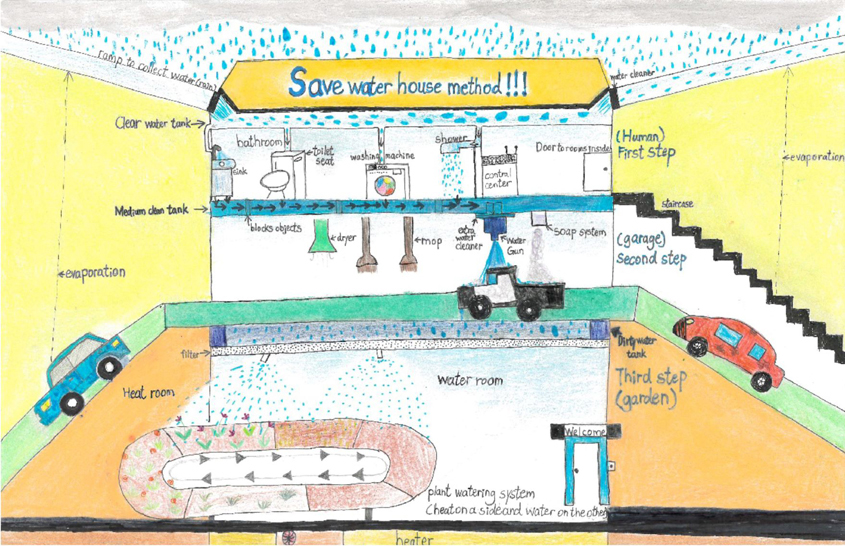
First Place winner, Fifth Grade: Joshua Lee, Marie Curie Elementary, University City
Fifth Grade
- First Place: Joshua Lee, Marie Curie Elementary, University City
- Second Place: Lily Saganich, Solana Pacific Elementary, Carmel Valley
- Third Place: Teodora Matic, Solana Pacific Elementary, Carmel Valley
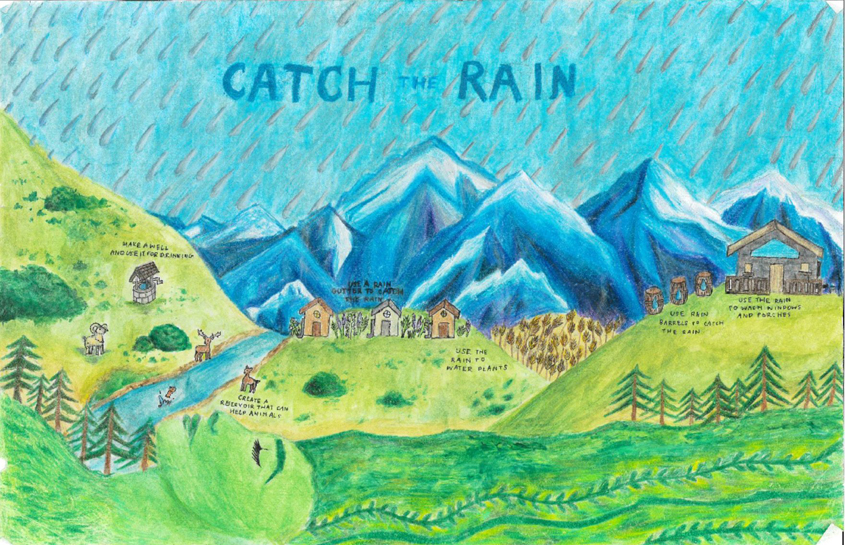
First Place winner, Sixth Grade: Sarah Huang, Solana Ranch Elementary, Carmel Valley
Sixth Grade
- First Place: Sierra Huang, Solana Ranch Elementary, Carmel Valley
- Second Place: Patrick Jang, Solana Ranch Elementary, Carmel Valley
- Third Place: Sarah Lehman, Muirlands Middle, La Jolla
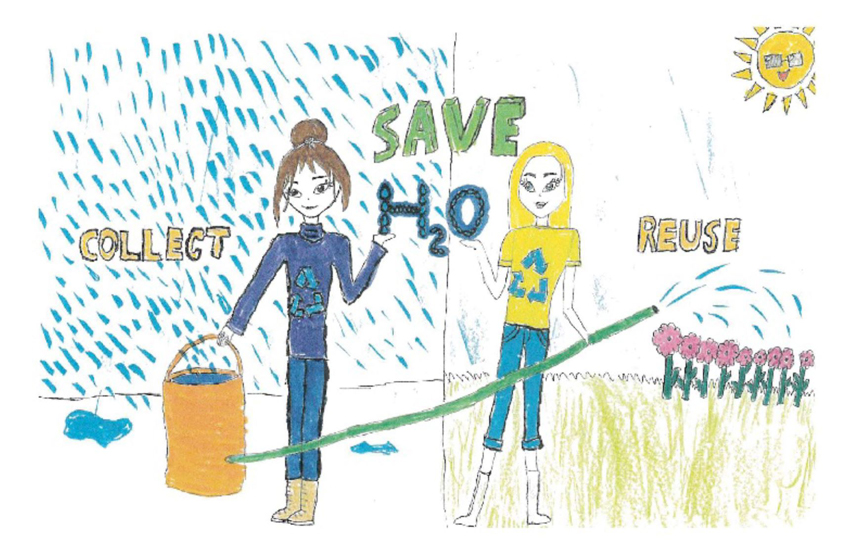
Recycled Water Winner: Mia Banerjee, John Spreckels Elementary, University City (Third Grade)
Recycled Water Winner
- Mia Banerjee, John Spreckels Elementary, University City (Third Grade)
Copies of the 2020 Kids’ Poster Contest Calendar are available for free at all City of San Diego Public Library branches and Recreation Centers. For water conservation tips, rebates and other information, go to www.wastenowater.org.

